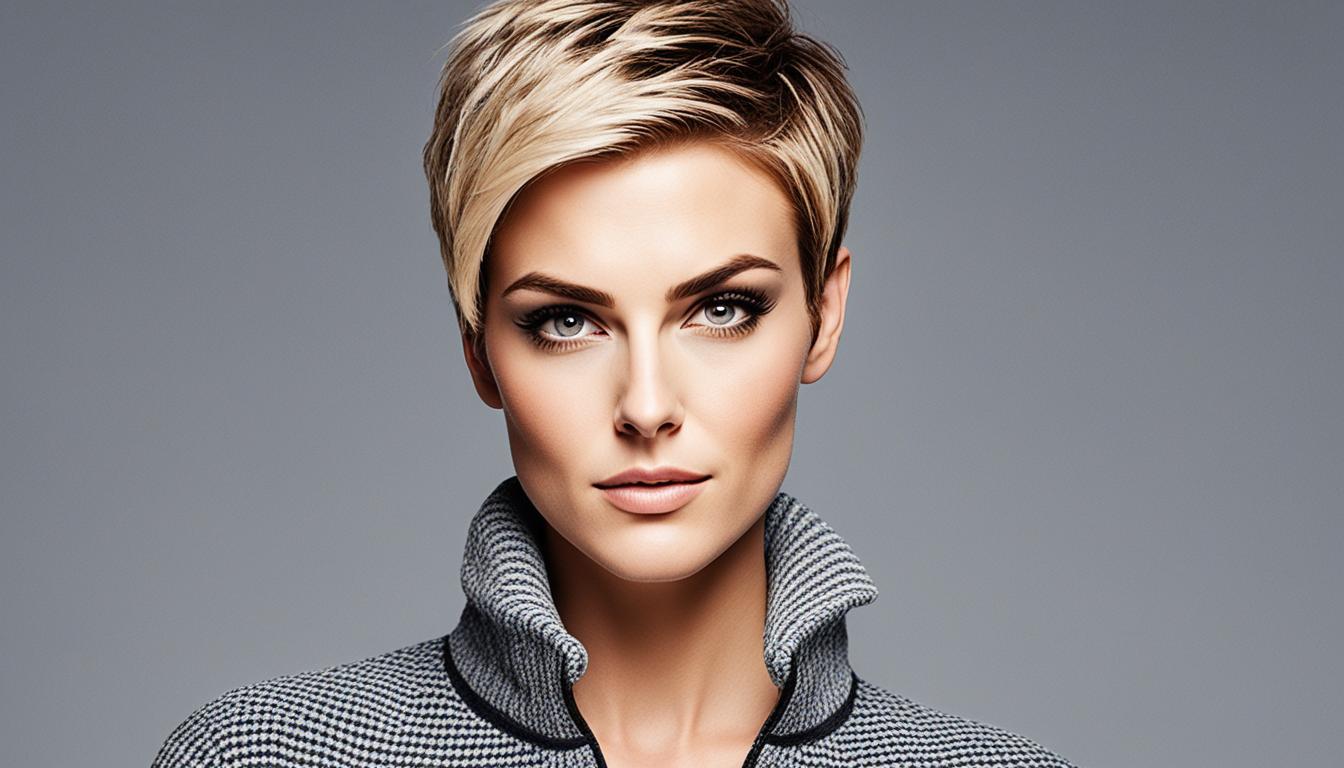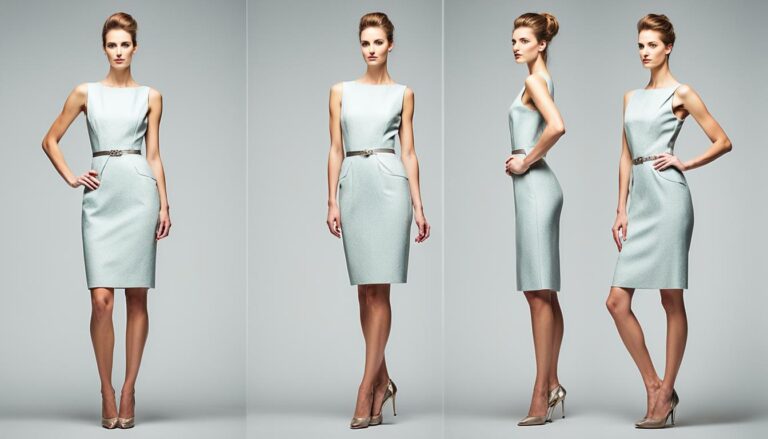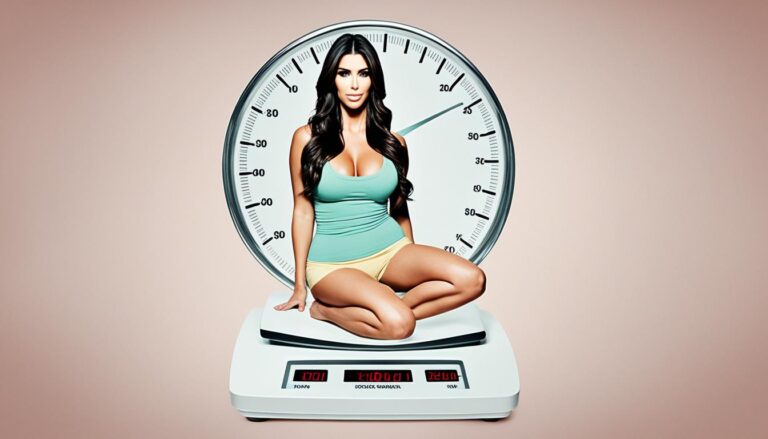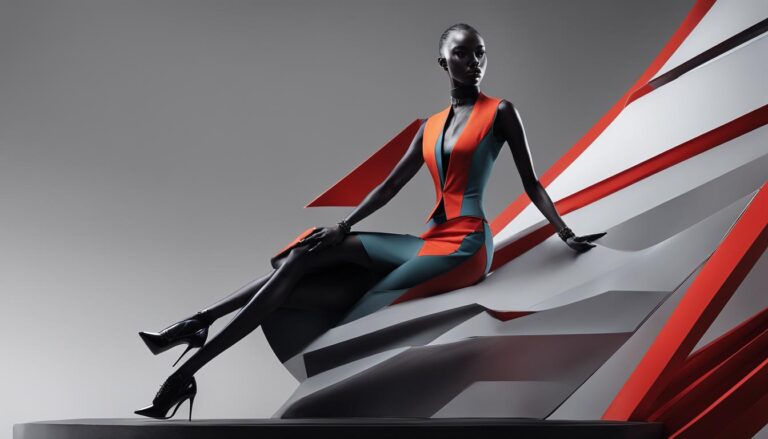Is Gamine Masculine or Feminine?
Have you ever wondered whether the term “gamine” leans more towards masculinity or femininity? Let’s delve into the definition of gamine and explore its gender connotations.
Key Takeaways:
- The term “gamine” refers to a slim, boyish, elegant young woman perceived to be mischievous or teasing.
- Gamine has been associated with femininity, but it has also been used to describe women in the performing arts and fashion.
- Gamine originated from the French word “gamin,” meaning urchin or playful child.
- Audrey Hepburn exemplified the gamine look and popularized the term through her style and performances in films like Sabrina and Funny Face.
- Exploring the history, beauty, and identity associated with gamine reveals its impact on the world of fashion and gender expression.
The History of Gamine
The term gamine has a rich history that dates back to the mid-19th century. Over time, it has evolved and gained more prominence in the 20th century, becoming associated with influential actresses and fashion icons. These women not only embodied the gamine look and style but also left a lasting impact on popular culture.
Actresses such as Mary Pickford, Lillian Gish, Louise Brooks, and Audrey Hepburn are notable examples of gamines who captivated audiences with their unique charm and boyish elegance. These women often sported short haircuts and exuded a mischievous allure that defined the gamine aesthetic.
“Gamine style is about taking risks and embracing your individuality. It’s a playful and daring approach to fashion that challenges traditional notions of femininity.”
The gamine identity and style have also been widely portrayed in films, making it a recognizable and influential concept in the world of cinema. Characters like Holly Golightly in Breakfast at Tiffany’s and Amélie in the eponymous film perfectly captured the essence of the gamine spirit.
| Famous Gamine Actresses | Famous Gamine Films |
|---|---|
| Mary Pickford | Holly Golightly in Breakfast at Tiffany’s |
| Lillian Gish | Amélie in Amélie |
| Louise Brooks | |
| Audrey Hepburn |
The gamine concept continues to inspire and captivate people, with its unique blend of femininity and nonconformity. It’s a testament to the enduring appeal of the gamine look and the impact it has had on fashion, beauty, and cinematic portrayals of strong, independent women.
Gamine Beauty and Style
Gamines possess unique physical features that contribute to their distinctive beauty and style. Characterized by big eyes, a high forehead, a small nose, and a round or square face, their facial structure enhances their gamine allure. Their captivating charm is further accentuated by short, boyish haircuts that emphasize their playful and mischievous nature. Minimal jewelry complements their effortless beauty, allowing their natural features to shine.
When it comes to fashion, gamines effortlessly exude an androgynous or tomboyish style. Embracing a more relaxed and laid-back approach, they favor comfortable and practical clothing items. T-shirts, hoodies, flat caps, and high-top sneakers are staples in their wardrobe, reflecting their youthful energy and carefree spirit. Gamines thrive in clothing with intricate details, such as pockets, buttons, and cuffs, adding depth and character to their outfits.
In terms of color and pattern, gamines gravitate towards highly contrasting combinations that exude an energetic and playful vibe. Bold and vibrant hues, as well as unique prints, add a touch of whimsy and individuality to their ensembles. Whether it’s a vibrant floral pattern or a color-blocked outfit, gamines embrace fashion as a form of self-expression, showcasing their unique personality through their distinctive style.

As Audrey Hepburn once said, “Elegance is the only beauty that never fades.” Gamines embody this timeless elegance, effortlessly infusing their own personal touch into every aspect of their beauty and style. Their ability to embrace an androgynous aesthetic while remaining true to themselves serves as an inspiration to all who dare to express their individuality.
Gamine Identity and Expression
Gamine identity goes beyond a person’s physical appearance or gender. It is a reflection of a unique style and attitude that challenges traditional gender stereotypes. Gamines embrace an androgynous or boyish look, breaking free from the constraints of gendered language and fashion. This allows them to express themselves authentically while transcending traditional notions of femininity and masculinity.
Gamine individuals embody a playful yet confident energy, redefining what it means to express one’s identity. By adopting a gender-neutral approach, they resist the limitations imposed by societal norms and expectations. This rejection of gender stereotypes paves the way for a more inclusive and accepting society that values individuality and self-expression.
Gender-Neutral Language
One aspect of gamine identity is the use of gender-neutral language. Gamines recognize that language plays a powerful role in shaping our perceptions and reinforcing gender stereotypes. By using gender-neutral terms and language, they promote equality and create spaces that are inclusive for people of all gender identities.
“Gender-neutral language allows us to move away from binary categories and embrace a more diverse and inclusive understanding of gender identities and expressions.” – Gender Equality Advocate
Adopting gender-neutral language not only challenges traditional gender norms but also contributes to a more respectful and inclusive discourse. It allows individuals to express themselves without being confined by rigid gender expectations, fostering a greater sense of freedom and acceptance.
Gamine Style as Gender Expression
The gamine style serves as a powerful form of gender expression. By embracing a more androgynous or boyish look, gamines confront societal expectations and celebrate their unique identity. Short haircuts, minimalist fashion choices, and a focus on comfort and functionality are common elements of gamine style.
With their bold fashion choices, gamines inspire others to explore their own sense of style and embrace authenticity. They challenge the notion that femininity and masculinity are mutually exclusive, proving that one can embrace both and create a style that is uniquely their own.
| Gender Stereotypes | Gamine Identity |
|---|---|
| Gendered clothing | Gender-neutral fashion choices |
| Emphasis on physical appearance | Focus on individuality and personal expression |
| Conformity to societal expectations | Challenge societal norms and embrace authenticity |
The table illustrates the contrast between traditional gender stereotypes and the principles of gamine identity. By questioning and subverting these stereotypes, gamines empower themselves and inspire others to question societal norms and embrace their true selves.
Conclusion
The concept of gamine has had a profound impact on the world of fashion and beauty. This aesthetic, characterized by a slim, boyish, and mischievous style, has given women the freedom to embrace a more androgynous look and challenge traditional gender norms. Gamines like Audrey Hepburn have become iconic figures, influencing generations with their unique beauty and individuality.
The gamine spirit encourages individuals to embrace their true selves and make a positive impact on the world. Audrey Hepburn, known for her gamine style and charm, went on to use her influence for humanitarian work with organizations like UNICEF. Her legacy not only exemplifies the power of embracing one’s true identity but also reminds us of the importance of making a difference in the lives of others.
As we continue to navigate a world of shifting perceptions and evolving expressions of beauty, gamine remains an influential force. It challenges rigid gender stereotypes and embraces a more inclusive and fluid approach to personal style. By embracing the gamine aesthetic, individuals can confidently express themselves and inspire others to do the same, leaving a lasting impact on the world.
FAQ
Is gamine a masculine or feminine term?
The term “gamine” is often associated with femininity, but it does not necessarily have a specific gender connotation. It refers to a slim and often boyish young woman with elegant and mischievous qualities.
What is the origin of the term gamine?
The word “gamine” originated from the French word “gamin,” which means urchin or playful child. It has been used since the mid-19th century and gained modern usage in the 20th century.
Who are some notable gamines in history and films?
Some notable gamines throughout history include Mary Pickford, Lillian Gish, Louise Brooks, and Audrey Hepburn. In films, characters like Holly Golightly in Breakfast at Tiffany’s and Amélie in the eponymous film embody the gamine style.
What are the typical physical features of a gamine?
Gamines often have big eyes, a high forehead, a small nose, and a round or square face. These features contribute to their beauty and style.
How do gamines dress and style themselves?
Gamines look best with short, boyish haircuts and minimal jewelry. They can pull off an androgynous or tomboyish style, wearing items like T-shirts, hoodies, flat caps, and high-top sneakers. They also thrive in clothing with lots of detail, such as pockets, buttons, and cuffs.
Is gamine identity tied to physical appearance or gender?
No, gamine identity is not directly tied to a person’s physical appearance or gender. It is more about the expression of a certain style and attitude. Gamines challenge traditional gender stereotypes by embracing a more androgynous or boyish look.
What is the impact of the gamine concept in fashion and beauty?
The concept of gamine has had a significant impact, giving women the freedom to embrace an androgynous style and challenge traditional gender norms. Iconic gamines like Audrey Hepburn have influenced generations with their unique beauty and individuality.






